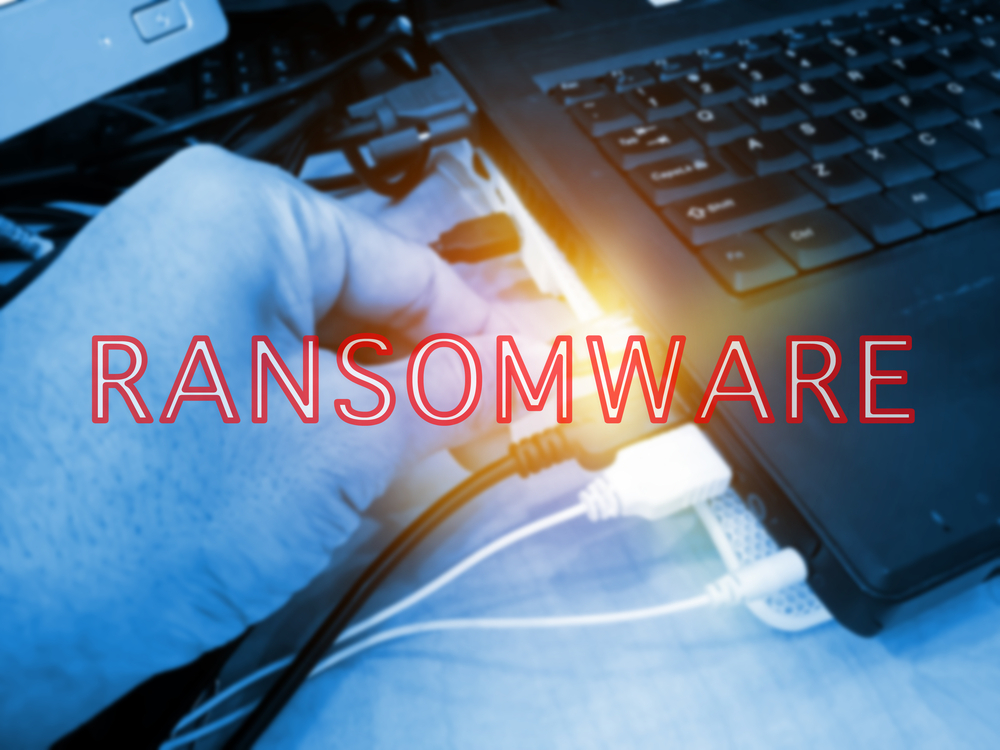
You have likely heard of ransomware. It’s a type of malware that encrypts data and blocks your access to it until you have paid a fee to the attacker. Unfortunately, ransomware has continued to spread, and it has grown quickly, becoming more sophisticated all the time.
There are constant reports of new and high-profile attacks and losses throughout the country and the world. In 2017 alone, the ransomware volumes increased by approximately 350 percent. Those who are given the task to safeguard company data must keep ransomware on their radar and it’s crucial to take steps to help mitigate the threat.
While preventing a problem is always best, there’s no security system that is perfect. This means you need to be prepared for the worst by creating a recovery plan now. Some tips to help you detect, prevent, and resolve ransomware issues can be found here.
Invest in Security Awareness Training
There are several ways ransomware may get into a network; however, one of the most likely is through a phishing attack. If an employee clicks or taps a link they should not or if they open the wrong email attachment, ransomware may get a foothold in their system and quickly spread throughout the network.
By investing in proper security awareness training, you can reduce the threat of this type of employee error that leads to a ransomware infection.
Patches, Updates, and Configuration
Having proper endpoint security hygiene in place is crucial to preventing ransomware. Attackers are usually going to search for misconfigurations and vulnerabilities that they may exploit to gain access to the network. Your job is to ensure this isn’t an easy process.
Make sure that your systems and devices are updated regularly using the latest security patches that are available and don’t settle for the default configurations. Take some time to disable the features that aren’t needed.
An Up to Date Asset Inventory
If you aren’t sure what devices are connected to your private and public clouds (legitimately), how can you recognize or prevent any type of attack? You need to invest in a real-time overview of all your devices on the network and gain a clear understanding of the permissions every device need based on the user.
Are you aware of the number of unmanaged devices that are in your network? Remember, the IoT is a huge target.
Continuous Vulnerability Assessment
Any cybercriminal is always going to take the path of least resistance. As a result, ransomware attacks typically exploit any known vulnerabilities in popular software. It’s important to have a security system that is updated using the latest revelations in regard to vulnerabilities as this data must be cross-checked with your existing network to make sure you aren’t providing these individuals with an easy route in.
By using the tips and information here, you can protect your business from threats and attacks. Be sure to keep this in mind to ensure your business is safe and that you don’t become another victim of the nefarious cyber criminals around the world.


Leave a Reply